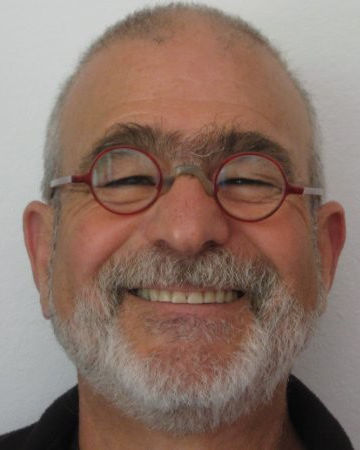Why do we have a municipal government? City government represents multiple interdependent communities and holds the community together by managing the boundaries and continuity of municipal life, i.e. fire and police, water, roads, etc. Like an orchestra conductor, government directs its resources to maintain order and predictability.
But does order and predictability improve residents’ lives? Not necessarily.
Government’s most fundamental responsibility as the agent of the population is much broader, yet rarely articulated. It is to create and maintain an environment for all to flourish and have the highest quality of life possible.
This should be the aspirational goal of those we permit to lead our city. Everything that the city does, all of government’s actions, should contribute to a nurturing environment for the highest possible quality of life for residents. And it must be effective, efficient and transparent at achieving that, the highest purpose of government.
As an aspirational goal, it requires a culture of continuous improvement in all processes and functions. Continuous improvement depends upon support for innovation, risk taking and collaboration. Leadership must define the structures, responsibilities and processes that can be measured effectively with SMART goals (Specific, Measurable, Achievable, Realistic and Time-bound).
This mumbo jumbo around government’s role arises from deep disappointment with the city’s efforts to solicit input for the new Five Year Strategic Plan (SP). The two August (21 and 22) public workshops asked attendees to vote on the five initiatives from the old 2014-19 Strategic Plan “Pathway to Sustainability.” The city’s new strategic plan must look beyond the status quo.
But how can we define and implement strategic goals if we are looking over our shoulder at where we have been rather than at the horizon to tell us what is coming?
The current effort at developing a strategic plan is flawed, in spite of lots of activity, and multiple efforts at participation. The city conducted 11 focus groups (57 people in total), three panels (110 people total, of which 70 attended the Healdsburg 2040 panel) and two workshops (27 and 25 attendees respectively). Most of it was constrained by the framework of the previous SP.
Inspired by SDAT, Healdsburg 2040 (H2040) an ad hoc, open group of residents, took the Final Report as an incentive to engage government. Seven-hundred people participated with the SDAT team in August 2018; 135 committed, active citizens expressed an interest in working on the recommendations. And more than 60 people, working in four self-managed teams, over seven months, extracted relevant SDAT elements for the strategic planning process.
They explored what the city must do to address sustainability and the changes required to be resilient to both unexpected or predicted challenges. The H2040 teams invested over 1000 hours. How does that compare to a couple of hours in a city focus group or workshop! Could there be a difference in the output?
In multiple ways, the inspired work of the Healdsburg 2040 work groups was sidelined. While it’s exciting to see the city moving forward on a Master Plan for arts and culture, as well as for parks and connectivity, the true engine for change is the General Plan.
When will it be seriously revised? Another major challenge to the well-being of the community is climate change. Both emerged in the H2040 work. But the work of the Healdsburg 2040 teams is in an appendix.
Comments during the Healdsburg 2040 focus group meeting were left unmentioned. SDAT and Healdsburg 2040 represent the most in-depth and participative exploration of the future of the city in the last 20 years. And it got buried?
What Healdsburg might do in the next five years to become more resilient, more diverse, more democratic and more innovative cannot be born in this process. No miscarriage, not stillborn, just absolutely no fertilization of imagination and innovation. The promise of SDAT and the efforts of the Healdsburg 2040 teams are virtually ignored, hidden in an appendix.
To be resilient is to be nimble in the face of change. We should look at how government does the business of government, not what the business of government is. Prioritizing what is important, but not strategic! To accomplish this, leadership must support culture change to embody a renewed vision and meaningfully engage all residents, listening to their input and wants. Effective and efficient government isn’t a strategy, it is a necessary foundation for representative government.
SDAT offered seeds, H2040 selected the most relevant, and has sought to plant them in the SP. The preparation of the soil has been poor and they languish in the minds of the 700 residents who eagerly anticipated the promise of SDAT.
Richard Burg is a Healdsburg 2040 participant and city resident.









